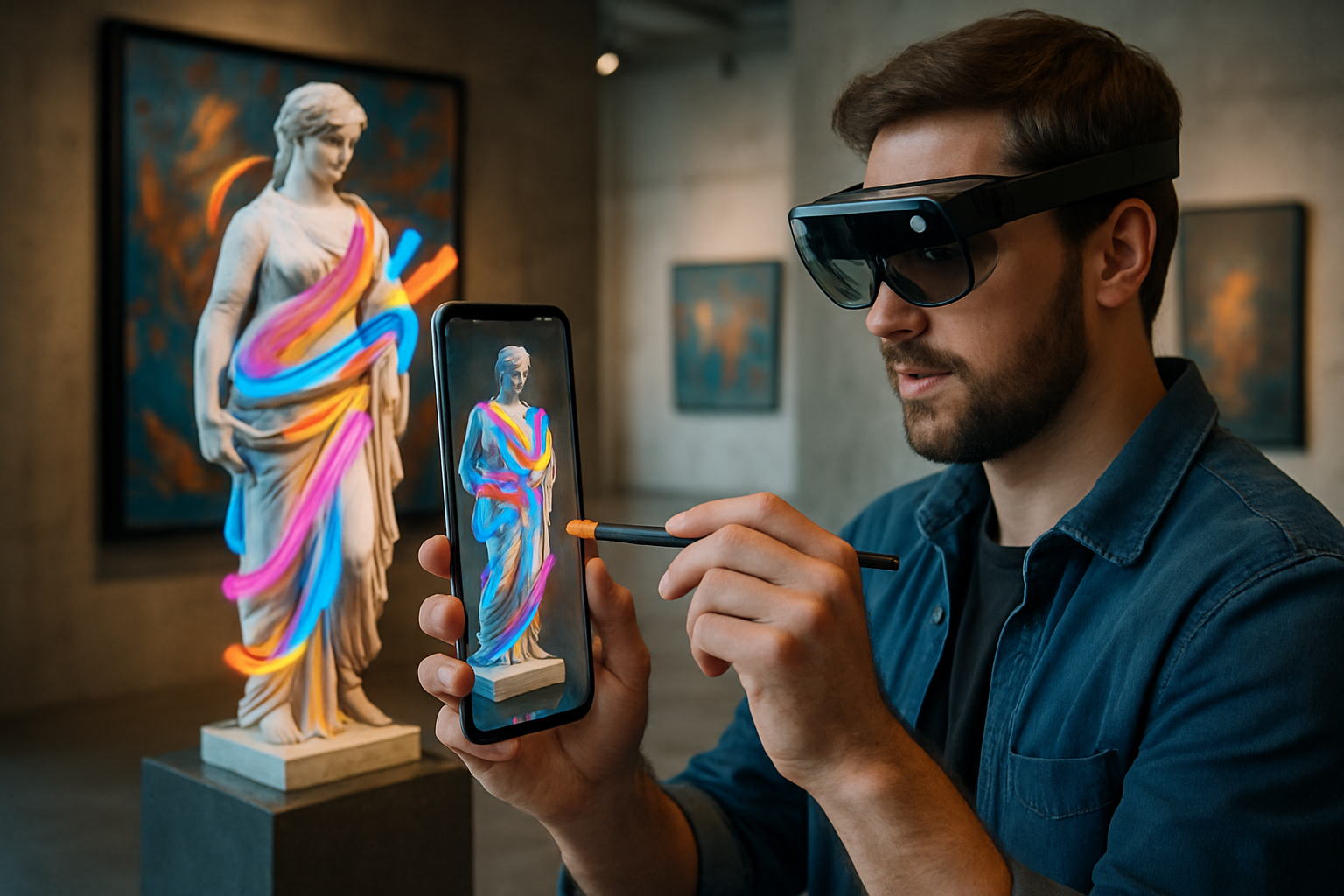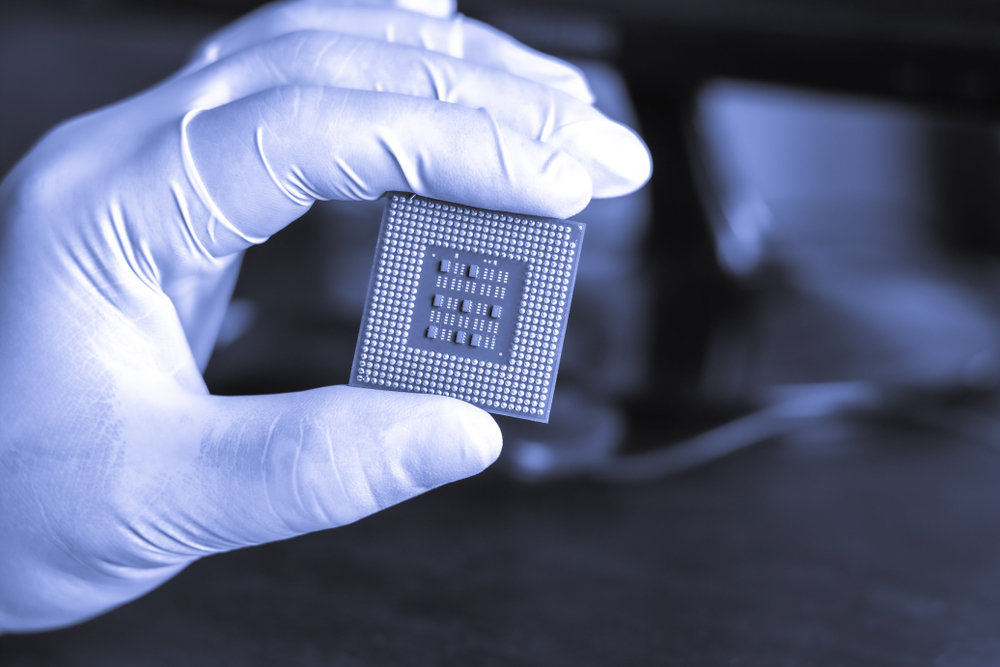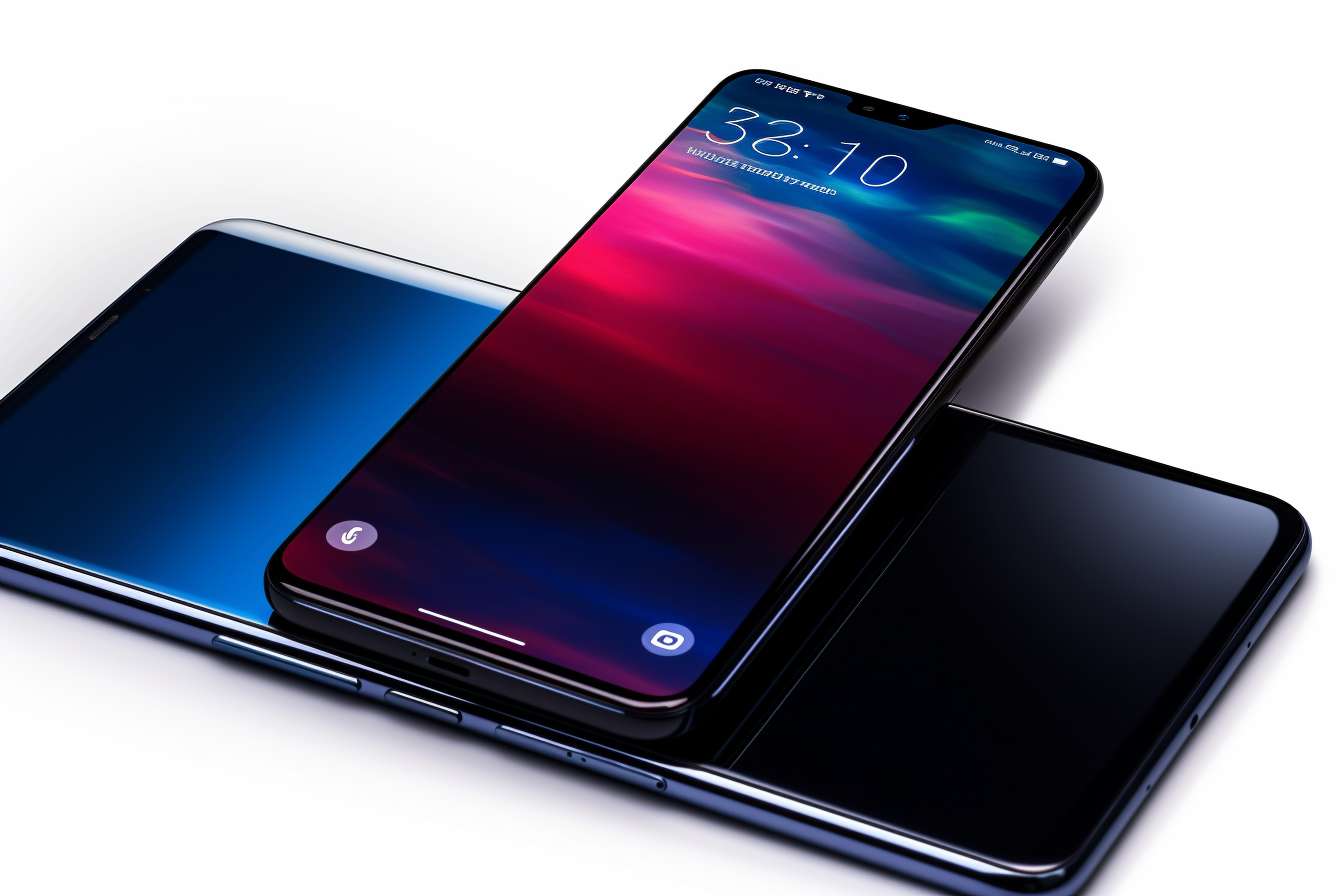Micromotion Cinema: The Art of Fleeting Moments
In an era of ever-shrinking attention spans, a new artistic movement is captivating audiences and challenging traditional notions of storytelling. Micromotion cinema, a fusion of ultra-short video clips and intricate visual artistry, is redefining how we consume and create visual narratives. This emerging medium offers a unique lens into the human experience, capturing fleeting moments with stunning precision and emotional depth. Read below to explore the rise of micromotion cinema and its profound impact on modern visual culture.

The Genesis of Micromotion
The roots of micromotion cinema can be traced back to the early 2010s, coinciding with the rise of short-form video platforms like Vine and later TikTok. These platforms catalyzed a shift in content creation, emphasizing brevity and visual impact. However, micromotion cinema elevates this concept, infusing short-form video with artistic sophistication and narrative depth previously reserved for feature-length films.
Early pioneers of the medium experimented with high-speed cameras and advanced editing techniques, creating mesmerizing sequences that captured microseconds of movement in stunning detail. These early works, often shared on social media, quickly gained traction among audiences hungry for novel visual experiences.
Technical Marvels Behind the Movement
At the heart of micromotion cinema lies a suite of cutting-edge technologies. Ultra-high-speed cameras capable of capturing thousands of frames per second form the foundation of the medium. These devices allow artists to record split-second events with unprecedented clarity, revealing the hidden beauty in everyday movements.
Post-production plays a crucial role in shaping the final product. Advanced software enables creators to manipulate time, adjust pacing, and layer multiple micromotion sequences to craft complex narratives within a tight timeframe. The result is a hypnotic blend of reality and artistry that challenges viewers perceptions of time and motion.
Narrative Compression: Storytelling in Seconds
Perhaps the most remarkable aspect of micromotion cinema is its ability to convey rich, emotionally resonant stories in mere seconds. This extreme narrative compression demands a new approach to storytelling, one that relies heavily on visual symbolism, evocative imagery, and precise timing.
Micromotion artists have developed a unique visual language, using subtle cues and carefully choreographed movements to convey complex emotions and ideas. A fleeting glance, a droplet of water, or a wisp of smoke can carry immense narrative weight when captured and presented with skill. This economy of storytelling has sparked a reevaluation of narrative structures across various media, influencing everything from advertising to feature filmmaking.
Cultural Impact and Artistic Recognition
As micromotion cinema gains prominence, its influence on broader cultural trends becomes increasingly apparent. The mediums emphasis on brevity and visual impact has shaped social media content, advertising strategies, and even personal communication habits. Platforms dedicated to micromotion art have emerged, fostering a community of creators and enthusiasts who push the boundaries of the form.
The art world has also taken notice, with major galleries and museums curating exhibitions dedicated to micromotion works. These installations often blend traditional art forms with digital displays, creating immersive experiences that challenge viewers perceptions of time and space. As the medium matures, critics and scholars are developing new frameworks for analyzing and appreciating these ultra-short cinematic experiences.
Future Horizons: Micromotion and Beyond
The future of micromotion cinema looks bright, with emerging technologies promising to expand its creative possibilities. Advancements in artificial intelligence and machine learning are enabling even more precise control over micro-movements, while virtual and augmented reality technologies offer new avenues for immersive micromotion experiences.
As the line between digital and physical realities continues to blur, micromotion cinema stands poised to play a significant role in shaping our visual culture. Its ability to distill complex ideas into brief, powerful moments makes it an ideal medium for communicating in an increasingly fast-paced and visually oriented world.
In conclusion, micromotion cinema represents a fascinating convergence of art, technology, and cultural evolution. By capturing the beauty and complexity of fleeting moments, this emerging medium offers a fresh perspective on storytelling and visual expression. As we navigate an ever-accelerating world, the art of micromotion serves as a poignant reminder of the profound impact that even the briefest instances can have on our perceptions and emotions.





